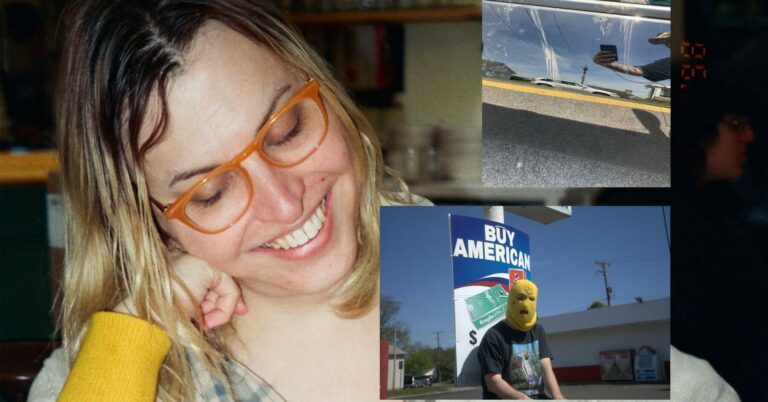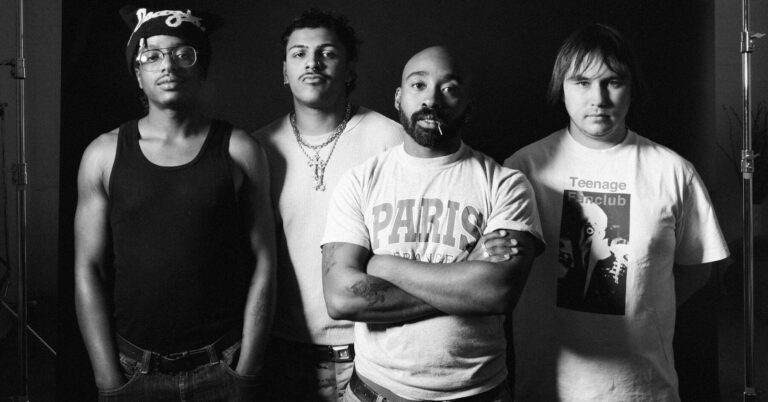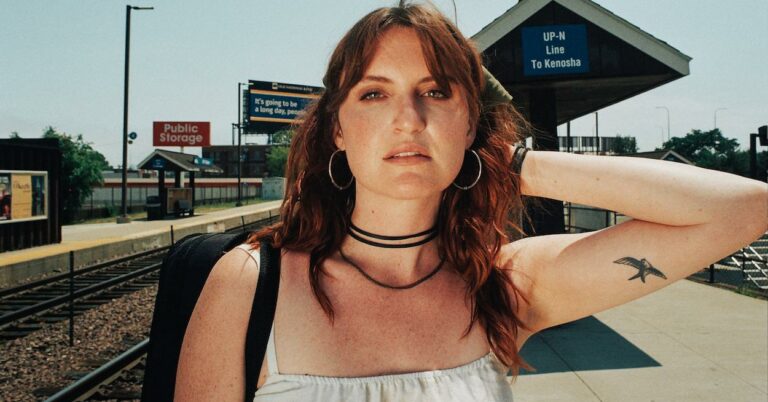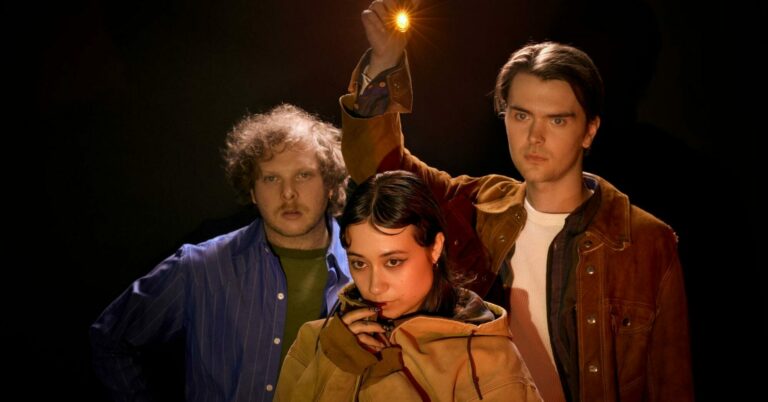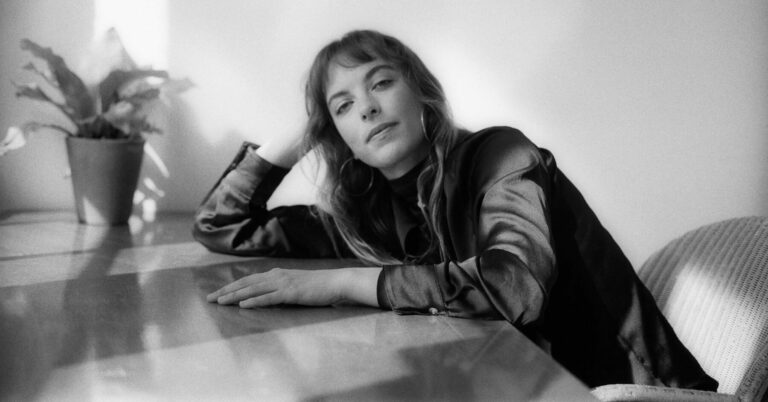—__–___, the collaborative project between Seth Graham, more eaze, and recovery girl, have released a new single, ‘When god released me’, which features vocal contributions from Lucy Liyou. Lyrically, the song meditates on “the sadness of brutal rejection by family and friends for who you are,” according to Graham. Listen to it below.
‘When god released me’ is taken from the group’s forthcoming album Night of Fire, which follows 2021’s The Heart Pumps Kool-Aid and will be out August 30 via Orange Milk Records. Discussing the record, more eaze shared in a press release:
Night of Fire for me is very much about navigating the nearly mundane daily violence of living in a state that actively tries to oppress and harm its most vulnerable citizens. I left my home state of Texas in the fall of 2023 and began writing my contributions shortly before departing and then finished them over the course of the next several months in New York. A lot of the lyrics here are very much about how this systemic repression and oppression impacts and affects intrapersonal dynamics which in some cases recreate the same dichotomies and/or lead to a general sense of insecurity and unease. To me, this album really addresses leaving an inherently disenfranchised place amidst traumatic personal circumstances and then returning months later with a bizarre sense of distance and perspective. I think Seth and I’s relationship to our respective experiences in Ohio and Texas are similar to Thomas Bernhard’s writing about Vienna in his novel ‘The Loser’ where there is a sense of intimate familiarity and awe coupled with a profound sense of disillusionment. However, it is impossible to take everything as a gloom and doom situation and inevitably community, love, and happiness still manage to break through. Sonically, I feel like this album really explores this through the juxtaposition and layering of lush acoustic string arrangements and clean melodies in conjunction with harsh digital noise and screamed vocals.
